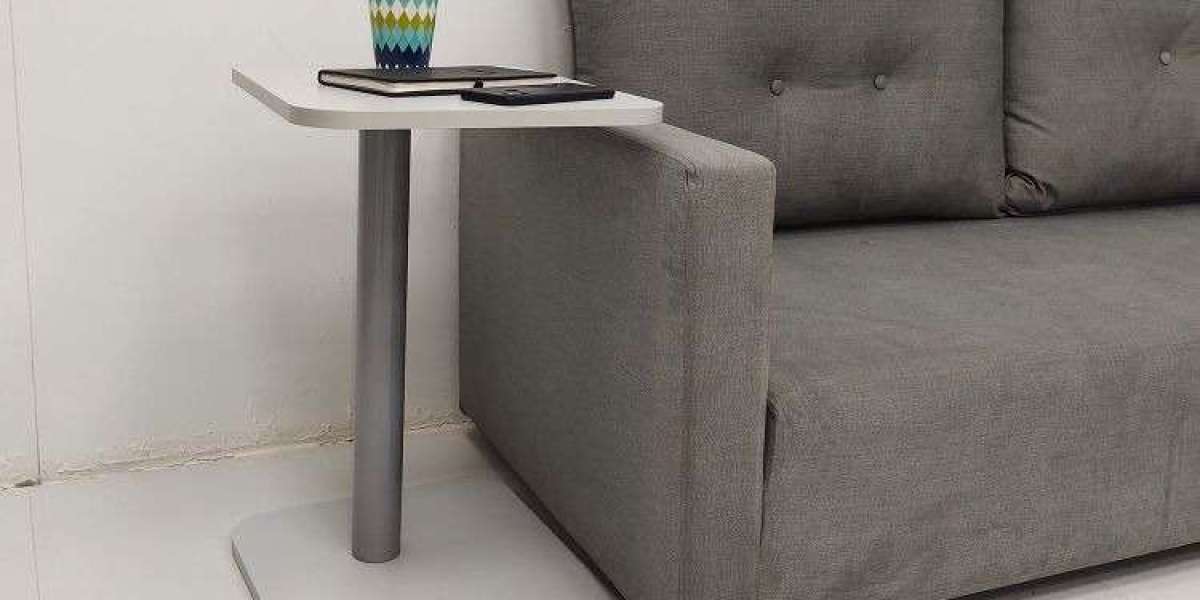When choosing the perfect study table, one of the most important decisions is selecting the right material. The material not only determines the look of your study table but also its durability, cost, and maintenance requirements. Among the most popular choices are solid wood and engineered wood. Both materials come with their own benefits and limitations, making it crucial to understand which one suits your space, budget, and long-term needs.
In this article, we’ll compare wood and engineered wood in detail so you can make an informed choice when buying a study table for your home.
Why the Right Material Matters for a Study Table
A study table is not just a piece of furniture—it’s an investment in productivity, focus, and learning. The material you choose affects:
Durability – How long the table will last.
Aesthetics – The overall look and feel of your study corner.
Functionality – How well it supports your study or work needs.
Budget – The overall study table price.
Maintenance – The effort required to keep it looking good.
Solid Wood Study Tables
Advantages
Durability
Solid wood study table is highly durable and can last for decades with proper care. They resist wear and tear better than engineered wood.Aesthetic Appeal
Natural grain patterns and rich textures make wooden study tables timeless and elegant. Each piece has a unique character.Strength
Solid wood can easily handle heavy loads, making it suitable if you need to store books, laptops, or other essentials.Longevity
With proper maintenance, a wooden study table can even be passed down generations.Eco-Friendly Option
When sourced sustainably, solid wood is a natural and environmentally friendly choice.
Disadvantages
Higher Price – Solid wood study tables usually cost more than engineered wood options.
Weight – They are heavy, making them difficult to move around.
Maintenance – Wood may require polishing and is prone to scratches and termite issues if not treated.
Engineered Wood Study Tables
Engineered wood is made from wood fibers, particles, or veneers combined with adhesives. It is designed to mimic the look of real wood while being more budget-friendly.
Advantages
Affordable
Engineered wood study tables are usually less expensive, making them ideal for budget-conscious buyers.Lightweight
They are lighter than solid wood, which makes them easy to move around or rearrange in your home.Variety of Finishes
Engineered wood can be finished in multiple colors, laminates, or veneers, offering more design flexibility.Resistant to Warping
Unlike natural wood, engineered wood is less prone to warping or shrinking in humid conditions.Eco-Friendly Use of Resources
Since it uses wood fibers and particles, it minimizes waste and optimizes the use of natural resources.
Disadvantages
Less Durable – Engineered wood doesn’t last as long as solid wood and may chip or wear out sooner.
Weight Limitations – Not as strong as solid wood, so it may not support very heavy loads.
Moisture Sensitivity – While better than wood in some cases, low-quality engineered wood can still get damaged by prolonged exposure to water.
Comparing Wood vs. Engineered Wood Study Tables
| Feature | Solid Wood Study Table | Engineered Wood Study Table |
|---|---|---|
| Durability | Very high, long-lasting | Moderate, shorter lifespan |
| Aesthetics | Natural, rich textures | Variety of finishes and looks |
| Weight | Heavy | Lightweight, easy to move |
| Price | Higher investment | Budget-friendly |
| Maintenance | Needs polishing, termite care | Easy maintenance, but less sturdy |
| Eco-Friendliness | Sustainable if sourced well | Uses wood efficiently |
| Best For | Long-term use, premium homes | Budget homes, temporary use |
Which One Should You Choose?
Choose a Wooden Study Table If:
You want a long-lasting piece of furniture.
You prefer timeless designs and natural finishes.
Budget is not your primary concern.
You need a strong table for heavy usage.
Choose an Engineered Wood Study Table If:
You’re looking for an affordable option.
You want lightweight furniture that’s easy to move.
You enjoy experimenting with modern colors and finishes.
You need a short-to-medium-term solution.
Buying a Study Table Online: Material Matters
When you buy study table online, you’ll find both wooden and engineered wood options. Online shopping allows you to:
Compare study table price across materials.
Explore a wide range of designs and finishes.
Read customer reviews for insights on durability and quality.
Filter by size, material, and storage needs.
If durability and elegance are your priority, a wooden study table is the best choice. If you want affordability and variety, engineered wood is a practical option.
Tips to Maintain Your Study Table
Regardless of material, maintenance extends the life of your study table:
Keep the surface clean and dust-free.
Avoid placing hot objects directly on the table.
Use coasters and mats for protection.
For wooden tables, polish occasionally to maintain shine.
For engineered wood, avoid excess moisture and use gentle cleaning solutions.
Final Thoughts
When it comes to wood vs. engineered wood study tables, the choice ultimately depends on your lifestyle, budget, and long-term needs. Solid wood offers unmatched durability and elegance, while engineered wood provides affordability and modern versatility.
By weighing the pros and cons of each material, you can select a study table that not only fits your space but also complements your personal style. Whether you invest in the richness of wood or the practicality of engineered wood, the right study table will always create a productive and inspiring workspace.






